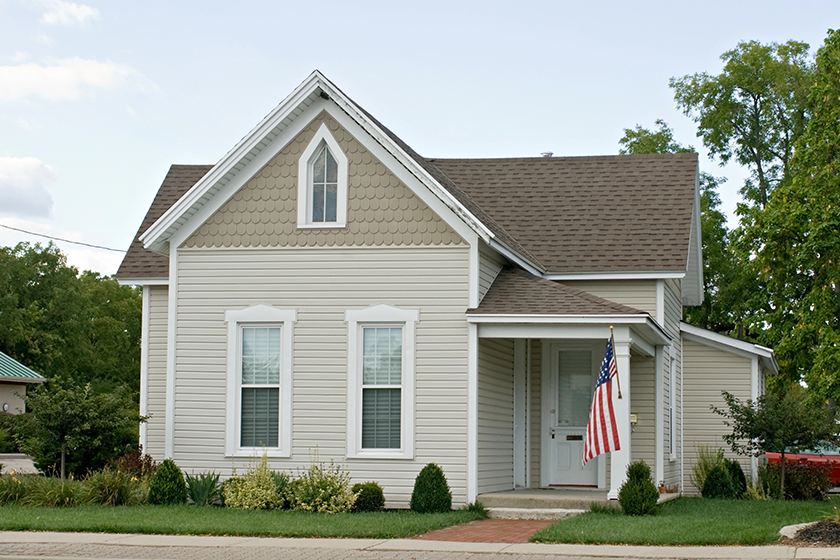When choosing siding for your home, cost is often a significant factor apart from choosing the right house siding installation contractor. Comparing the vinyl siding vs. fiber cement cost helps homeowners understand which material aligns with their budget and long-term goals. Let’s break down the expenses, durability, and maintenance requirements of these two popular options.
Initial Cost: What to Expect
Vinyl siding is a budget-friendly option for homeowners. The material typically costs between $2 and $6 per square foot. Installation is straightforward, making labor costs lower than other materials, averaging $2 to $5 per square foot. This brings the total cost for vinyl siding to $4 to $11 per square foot, depending on the product and installation specifics.
Vinyl’s affordability makes it appealing to homeowners looking for a low upfront investment. However, the long-term costs should also be considered when comparing it to fiber cement.
Fiber cement siding, such as Hardie board, is more expensive upfront. Material costs range from $5 to $14 per square foot, and installation costs add another $6 to $12 per square foot. This brings the total cost to $11 to $26 per square foot.
While fiber cement requires a higher initial investment, it often offers benefits like better durability and longevity, which can offset the upfront expense over time.
Durability and Longevity
Vinyl siding is resistant to rot and pests but can be prone to cracking, warping, and fading over time. Extreme weather conditions, such as high winds or hail, can damage vinyl siding more easily than fiber cement. Its lifespan typically ranges from 20 to 30 years with proper care.
Fiber cement is known for its exceptional durability. It can withstand harsh weather conditions, including heavy rain, snow, and high winds. Additionally, it is fire-resistant and impervious to pests. With a lifespan of 30 to 50 years, fiber cement siding often outlasts vinyl, making it a preferred choice for long-term homeowners.
Maintenance Requirements
Vinyl siding requires minimal maintenance. Regular cleaning with a hose and occasional inspections for cracks or loose panels are usually sufficient. However, once damaged, repairs can be noticeable and may require panel replacement.
Fiber cement requires slightly more maintenance than vinyl. It often needs repainting every 10 to 15 years to maintain its appearance. However, its resistance to pests and weather damage reduces the likelihood of frequent repairs.
Aesthetic Appeal and Customization
Vinyl siding comes in a wide range of colors and styles, including options that mimic the look of wood. While it offers many choices, its appearance may not match the premium look of fiber cement.
Fiber cement siding offers a high-end appearance, closely resembling natural materials like wood or stone. It’s an excellent choice for homeowners looking for a sophisticated and timeless look. Although fewer color options are available pre-painted, custom painting allows for greater flexibility.
Long-Term Value
When comparing the cost of vinyl siding vs. cement board, it’s important to weigh the long-term value. While vinyl is more affordable upfront, its shorter lifespan and susceptibility to damage may lead to higher replacement and repair costs over time. Fiber cement’s durability and low repair frequency make it a cost-effective option for those planning to stay in their homes for decades.
Call Monastery Roofing for Expert Siding Services
Deciding between vinyl and fiber cement siding requires careful consideration of your budget, climate, and aesthetic preferences. At Monastery Roofing, we’ve been helping homeowners make informed siding choices for over 15 years. As a house siding installation contractor in Maine, we take pride in delivering premium workmanship and honest pricing.
Unlike many contractors, we use our own crews to ensure quality and accountability. Contact us today for a free estimate.

